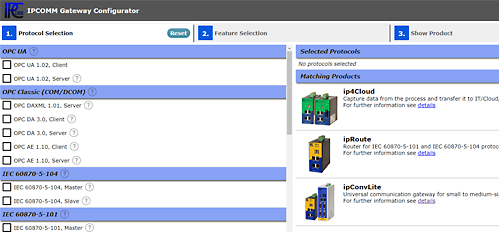ADLP-80
ISO/OSI Model
| 7 | Application Layer | ADLP-80 Application Layer |
| 6 | Presentation Layer | n/a |
| 5 | Session Layer | n/a |
| 4 | Transport Layer | n/a |
| 3 | Network Layer | n/a |
| 2 | Link Layer | n/a |
| 1 | Physical Layer | PCM RS232 (V.24) |
Supported Information Types
Control Direction
- Double Command
- Setpoint BCD [3 decades]
Monitoring Direction
- Single indication [1 Bit]
- Double indication [2 bit]
- Single indication [1 Bit] with time tag
- Double indication [2 bit] with time tag
- Measured value [11 bit]
- Counter value [12 bit]
Protocol Features
Physical Layer
proprietary PCM encoding, half-duplex
Application Layer
on-demand transmission of digital, analog and counter values
on-demand transmission of digital and analog values on change
transmission of digital indications with time tag (events recording message)
Direct transmission of commands and setpoints
"Select before operate" transmission of commands and setpoints
Clock synchronizationAddress Space
RTU addresses 1..15
up to 59 groups with up to 16 digitals each
up to 31 groups with up to 8 analogs each
Available Protocol Stacks
Applicable Products
References


